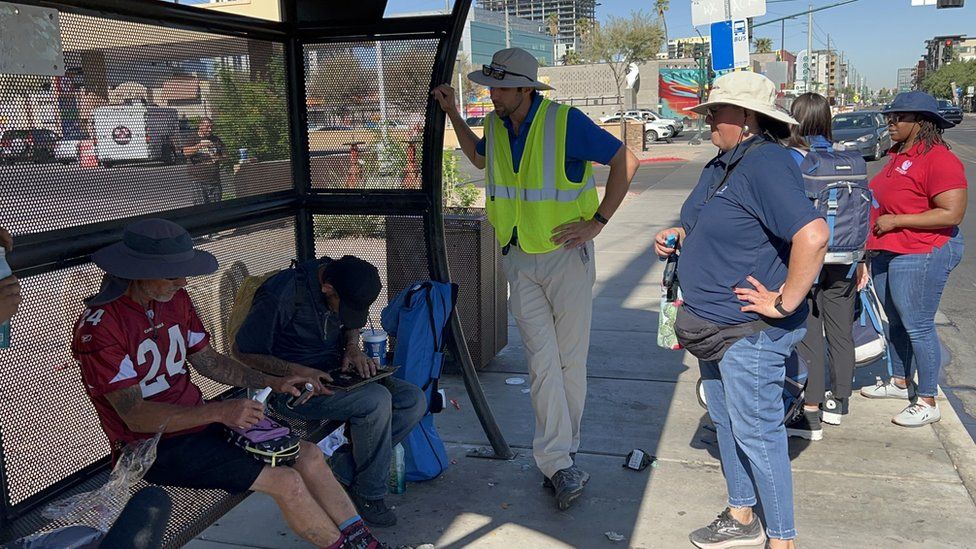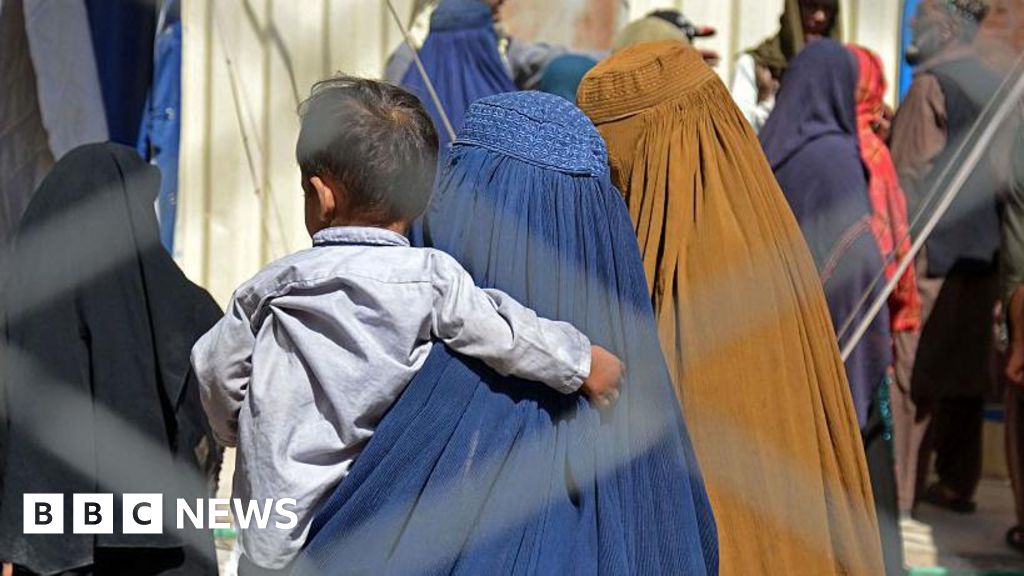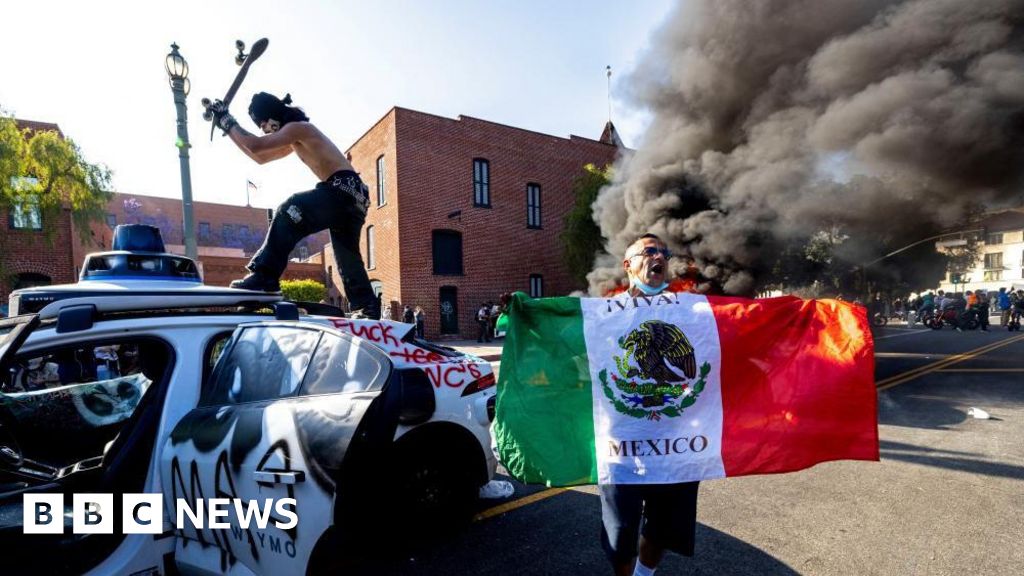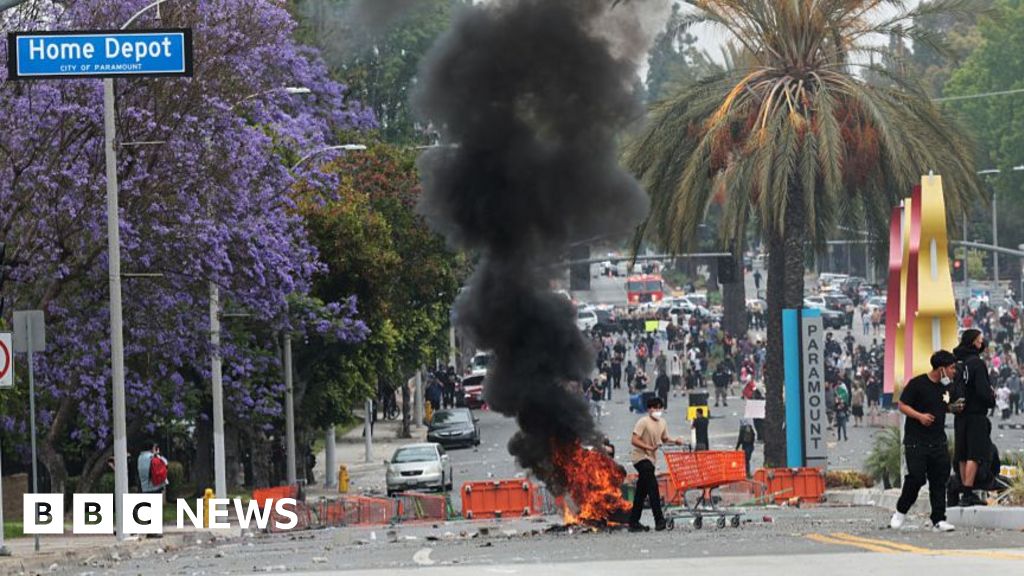ARTICLE AD BOX
 Image source, City of Phoenix
Image source, City of Phoenix
Chief heat officer David Hondula (centre) has been educating Phoenix residents about extreme heat
By Madeline Halpert
BBC News, New York
Chief heat officers are a new and rare phenomenon - only three US cities have appointed one - but experts say they are quickly becoming key figures on the frontline of climate change.
In Phoenix, Arizona - where daily temperatures have soared above 110F (43C) every day for nearly a month - David Hondula is working nonstop.
"I've been on the phone and sending more text messages than I can remember in my life," says the city's first chief heat officer. "There's this constant coordination and engagement and creativity and brainstorming that's been a different part of this heat experience."
Human-induced climate change has made heatwaves more frequent, more intense and longer-lasting. July is not only likely to be Phoenix's hottest month, but also Earth's warmest period since records began.
As heat seasons have intensified, Phoenix as well as two other southern US cities - Los Angeles and Miami - have brought in chief heat officers. Experts say it's an important first step, but warn that local governments face an uphill struggle.
"This is not your grandmother's heat anymore," says Ashley Ward, director of Duke University's Heat Policy Innovation Hub. "When we do the examination of this heat season, I think we're going to find how woefully unprepared we are and how much we lack the infrastructure to respond."
A 'silent killer'
Extreme heat has been referred to as a "silent killer" because it claims thousands of lives each year, though the immediate dangers it poses are not always immediately visible to the public.
"When I look out my window and it's 85 degrees (Fahrenheit), it looks the exact same as it does when it's 65 or when it's 105," says Dr Ward. "[Heat] doesn't come along with this massive damage to the landscape or camera fodder that people need in order to understand risk."
Watch: The heat index explained in 90 seconds
But experts say extreme heat remains deadlier than any other weather-related event. A recent study found as many as 61,672 people died in Europe last summer during heat season. In the US, the Centers for Disease Control and Prevention estimates that 702 people die of heat-related illnesses each year, though experts say this is likely an underestimate.
The invisible nature of heat can make it difficult to track down and protect the most at-risk populations, Jane Gilbert, Miami's chief heat officer, tells the BBC. "It's not like with a hurricane, or a storm surge or forest fire, where you know where the damage is," she says. "An elderly single woman living alone in an apartment, we may not find her until it's too late."
The US has been slow to react to the threat of rising temperatures, says Marta Segura, Los Angeles's chief heat officer, who has been serving in the role since 2022.
The country also has few federal regulations to protect Americans from the heat, including cooling standards for buildings and protections for outdoor workers, leaving much of the challenge of protecting the public to local governments. The Biden administration announced new measures to address those issues on Thursday.
'Extreme solutions' for extreme heat
Chief heat officers lead both the emergency response to record-high temperatures and the long-term planning needed to prepare cities for a hotter future.
In Miami - where residents experienced their second-ever heat warning in history last week - Ms Gilbert's team is training staff and summer camp providers to respond to heat emergencies, while hiring volunteers to distribute heat toolkits with items like cooling towels and electrolyte packets.
Some 2,000 miles (3,200 km) away in LA, Ms Segura is helping set up more drinking stations across the city as well as cooling centres in public libraries to help people experiencing homelessness and those who lack air conditioning or work outside in hot conditions.
In Phoenix, Mr Hondula says his team's heat relief outreach programme has helped at least 4,500 residents, providing resources ranging from a bottle of water to helping residents find housing.
In the background, all three officers are attempting to bring together a variety of government agencies and private sector stakeholders to fund and implement measures that will make cities more liveable for residents in the future.
They are working on plans such as tree planting to improve city canopy coverage, installing cool and green roofs, electrifying buildings, and ensuring affordable housing infrastructure has cooling systems.
"Extreme heat requires extreme solutions, and this means that we have to move beyond the way that we did things before," says Ms Segura.
Image source, Miami-Dade County
Image caption,Chief Heat Officer Jane Gilbert has been leading tree planting events in urban heat island areas
A summer wake-up call
Overcoming governmental bureaucracy is just one of the many problems heat officers and local governments are facing as temperatures continue to climb.
Budgets are already tight, and it can be hard to allocate resources to tackle future climate change issues until residents are already grappling with their effects, says Michael Wara, the director of the Climate and Energy Policy Program at Stanford University.
And the costs are only likely to increase. Protecting Americans from rising temperatures in the long-term will also likely require broader, more expensive infrastructural changes as energy grids may be unable to accommodate a steep rise in air conditioning usage, experts warn.
Still, having a dedicated heat team knowledgeable about the community, public health and climate science has helped put these cities in a better position than those without the same resources.
This summer of heat has served as a wake-up call for many local government officials, says Dr Ward. Without more investment, she warns, thousands of American lives could be put at risk.
"We're going to see a lot of people get sick, and we're going to see a lot of people die, and we're going to see a lot of economic consequences," she says. "And the people who are the most vulnerable and the least able to do anything about it are the people who are going to suffer the most."

 1 year ago
50
1 year ago
50








 English (US) ·
English (US) ·